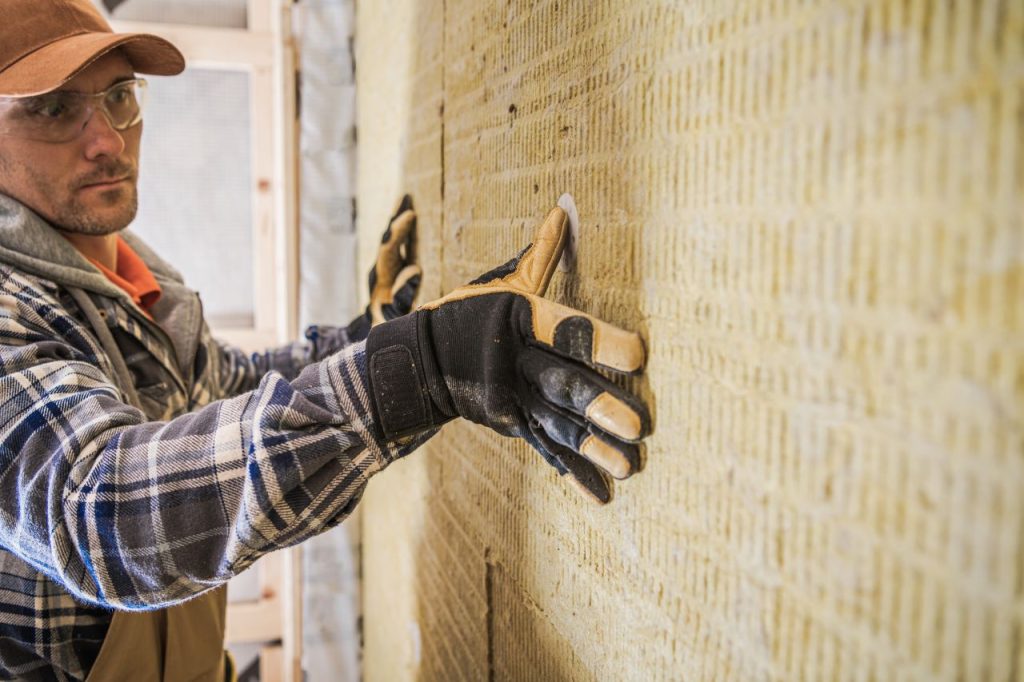Before selling or renting a commercial property in the UK, obtaining an Energy Performance Certificate is a mandatory legal requirement.
The Energy Performance Certificate or EPC provides information about your commercial building’s energy performance. It helps you to identify problem areas in your building and provides recommendations for improving its energy efficiency, reducing energy bills.
The ratings are scaled from A-G, highlighting your building’s energy efficiency and environmental impact. If your building is rated A, then it’s most efficient, whilst G is the least efficient. These ratings might vary based on various factors such as the age, location and condition of your property.
At Gio Property Solutions, our extensive experience in EPC certification allows us to offer valuable insights into achieving a higher EPC rating. In this guide, we present four practical tips that you can confidently apply to improve your EPC ratings effectively.
Let’s take a look at how to improve your EPC rating!
1. Insulation
Appropriate insulation can single-handedly help you to improve the EPC rating of your commercial property. By preventing heat from escaping your building, you will use less energy to heat or cool the space, helping you achieve a better EPC rating.
According to a study conducted by Resurgence, heat loss in buildings is substantial, with walls accounting for 38% of loss, roofs 28%, windows and doors 8%, the ground floor 7%, and draughts making up 20% of the heat loss.
Even if your property has cavity wall insulation, you can still make some additional improvements to further prevent heat loss and enhance energy efficiency. Additionally, if it has been built with solid brick or metal-clad external walls, adding a layer of insulation will have a huge impact on heat loss, enhancing your EPC ratings.
2. Draught Prevention
One aspect that is often overlooked regarding EPC ratings is the impact of draughts. Draughts may not get the attention they should, however accounting for 20% of property heat loss, it becomes clear that draughts also play a substantial role in your EPC rating. Therefore, implementing measures to stop heat loss through draughts can make a big difference.
To prevent excessive heat loss, draughts can be sealed by implementing budget-friendly and simple measures such as sealing gaps around windows and doors, using weatherstripping, or addressing any openings in walls. These straightforward methods can greatly enhance how efficiently your commercial building uses energy and retains heat, thereby helping you to improve your EPC rating.
3. Window Glazing
Windows are another major source of heat loss in commercial buildings. No matter how much you’ve spent on state-of-the-art heating and insulation technology, if you overlook your property’s windows, your significant investment could end up going down the drain.
An effective way to minimise heat loss through windows is ensuring they are double glazed. Whilst double glazing the windows may not improve your EPC rating as noticeably as wall or loft insulation, it does reduce the heat escape through windows.
Whilst most new builds have double-glazed windows, older properties often lack them, making them less energy-efficient. Therefore, adding double glazing to your property’s windows could raise your EPC rating by around five to ten points. Double glazing does two important things – it reflects heat into the room and absorbs sunlight, which is known as passive solar gain.
Furthermore, triple glazing is another advanced and increasingly popular option. Understandably, it’s even better at keeping heat inside your home than double glazing. However, it’s usually pricier and has a smaller impact on improving your EPC rating as compared to other more cost-effective methods.
4. Underfloor Heating
Another effective method to improve your EPC ratings is by installing underfloor heating, especially if your building is already well insulated. Underfloor heating consumes less energy as it typically operates at lower temperatures, especially when your property is capable of retaining as much heat as possible.
You can either use underfloor heating as the main source of heat in your home or alongside a regular central heating system or radiators. This method is especially effective when you use a water-based underfloor heating system. Although they might be costlier to install when compared to electric ones, they are much cheaper to run in the long term.
Various factors affect the cost of installation of underfloor heating such as the type of system, the size of the area you want to heat, and the age of your property. It could range from £50 to £200 per square metre.
Contact Gio Property Solutions to Get Your Energy Performance Certificate Today
Improving the EPC rating of your commercial property is not only a wise choice for reducing energy bills but also a legal requirement if you want to sell or rent your property. The tips discussed above provide practical and effective ways to enhance your property’s EPC rating.
However, when it comes to EPC certification, it is important to get it done by skilled professionals who have a clear understanding of the regulations and possess the necessary qualifications and tools.
At Gio Property Solutions, our team consists of experienced technicians who can assist you with a hassle-free EPC certification. With our guidance, you can gain valuable information about your property’s energy usage, identify areas for improvement and implement tailored recommendations to increase your energy savings.
With us, you can improve your property’s energy efficiency and ensure that your building is complying with the regulatory codes. We provide accurate results, meaning you can trust we’re the right people for the job.
Click here to learn more or contact us to book an appointment today!


